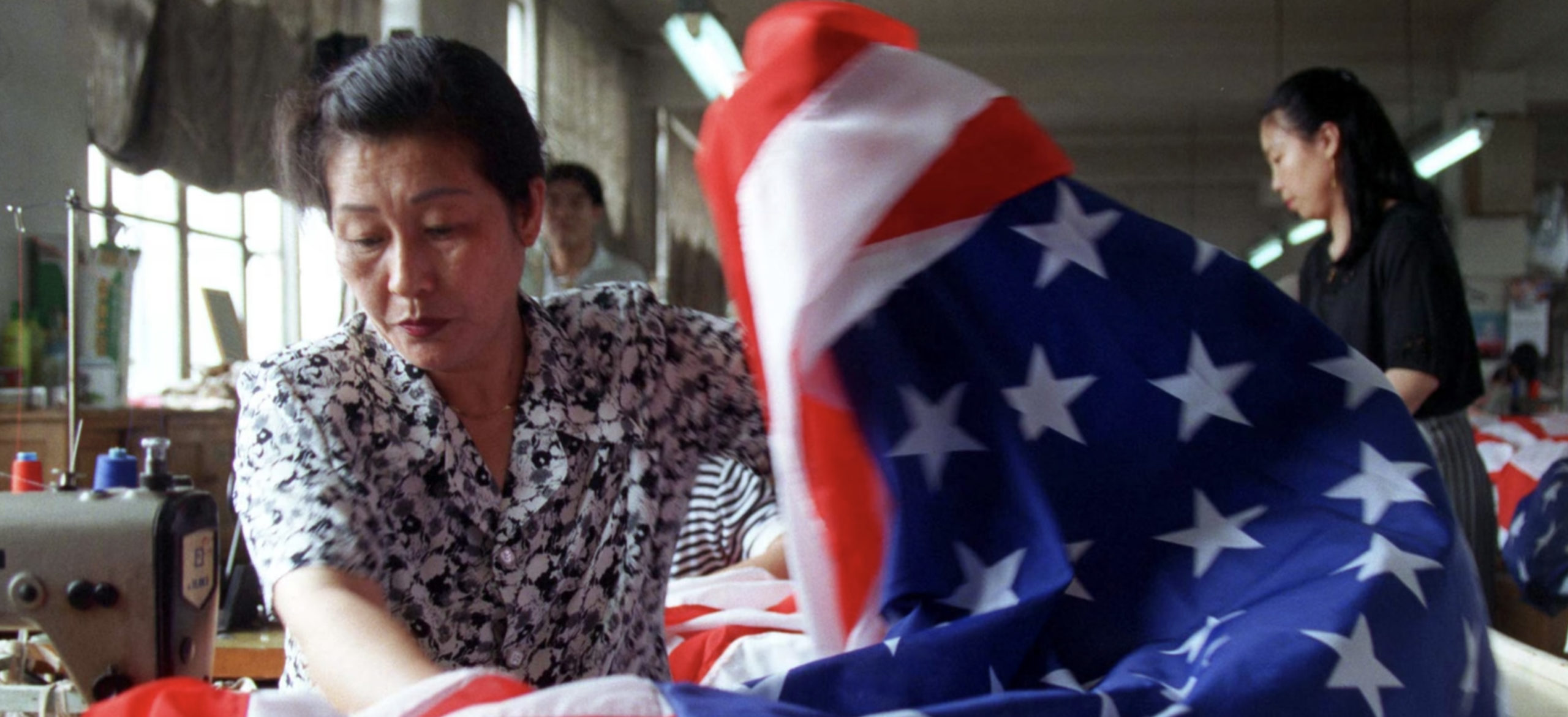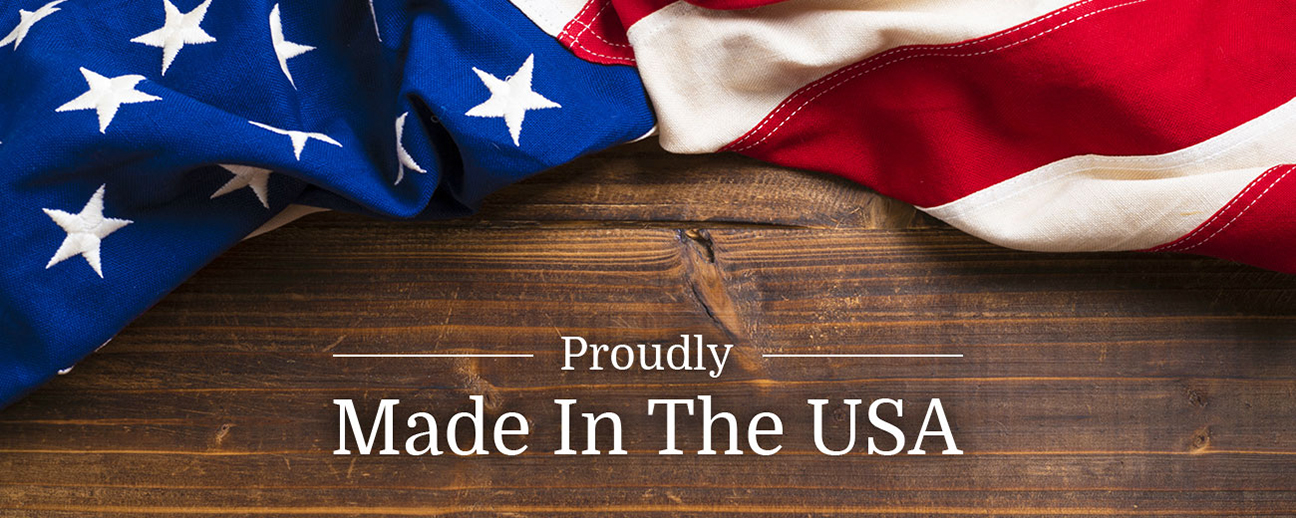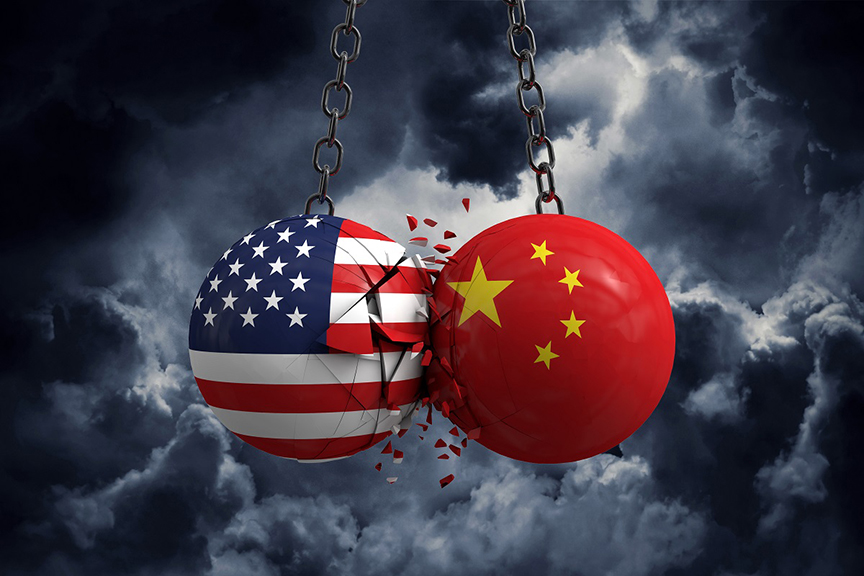In a world of global trade and interconnected economies, the question of whether Americans prefer American-made products continues to be a topic of interest. The choices consumers make at the cash register can have far-reaching consequences, impacting domestic industries, job growth, and the broader economy. There is a lot that factors into what influences these preferences and whether the “Made in USA” label still holds sway in the hearts of American shoppers.
From an historical perspective, “Buy American” sentiments have emerged during pivotal moments such as World War II and economic downturns. These periods often saw a surge in patriotism and a call to support domestic industries. Consumers’ choices are shaped by a range of factors. Price, quality, safety, patriotism, and environmental concerns; they all play a role in determining whether a product ends up in an American shopper’s cart, either in store or online.
The “Made in USA” label carries a unique appeal for American consumers. It signifies not just a product’s place of origin but often invokes notions of quality, safety, and support for domestic industries. Savvy companies recognize the power of this label and strategically incorporate it into their marketing campaigns.
One of the most potent ways companies use the “Made in USA” label is by evoking a sense of patriotism. They tap into the pride that consumers feel for their country and its products. For example, during patriotic holidays like the Fourth of July, companies often roll out special “Made in USA” promotions, linking their products to national pride.
Another effective strategy is emphasizing the superior quality and craftsmanship associated with American-made products. Companies highlight the meticulous attention to detail, stringent quality control measures, and the skilled craftsmanship that goes into creating these products. This reassures consumers that they are making a wise investment.
Companies often emphasize the impact of buying American-made products on local job creation and community support. They share stories of employees and communities benefiting from their products. By humanizing their brand and showcasing their positive contributions to society, companies can foster consumer loyalty.

Real-World Examples of Successful Made in the USA Campaigns include:
- Ford’s “Built for America” Campaign: In 2020, Ford launched its “Built for America” campaign, highlighting its commitment to domestic manufacturing. The campaign showcased the company’s investment in U.S. plants, the creation of American jobs, and its contribution to the American economy. This strategy resonated with consumers who appreciated Ford’s dedication to their homeland.
- New Balance’s “Made in USA” Sneakers: New Balance has long championed American manufacturing. They prominently display the “Made in USA” label on their sneakers and actively promote their domestic production. This strategy has helped them appeal to consumers seeking quality athletic footwear with a patriotic twist.
- American Apparel’s Ethical Manufacturing: American Apparel, known for its “Sweatshop Free” ethos, heavily promoted its American manufacturing facilities. They emphasized fair wages and ethical working conditions, appealing to consumers concerned about both product origin and ethical production practices.
- Shinola’s Detroit Story: Shinola, a luxury watch and leather goods brand, strategically established its manufacturing in Detroit. The company’s marketing revolves around the revitalization of American craftsmanship and the Detroit community. This unique narrative has set Shinola apart in the market.
In these examples, companies effectively harnessed the “Made in USA” label, crafting compelling narratives around domestic production, quality, and community support. Their success demonstrates the impact of strategic marketing in influencing consumer choices and fostering a sense of connection between the product and the consumer’s values. It also increased sales!
Consumer preferences for American-made products are, however, far from uniform. They can vary significantly depending on the specific product category in question. To gain a deeper understanding of these variations, researchers have conducted surveys and investigations in recent years, shedding light on whether the “Made in USA” label continues to wield influence across various sectors of the economy. These investigations delve into consumer attitudes, behaviors, and sentiments across diverse product categories. They offer valuable insights into the role that product origin plays in shaping consumer preferences.
Some Example Studies and Findings:
- Consumer Reports Survey: In a recent survey conducted by Consumer Reports, participants were asked about their preferences for American-made products. The findings indicated that, for certain items like kitchen appliances and outdoor gear, consumers were more inclined to choose American-made options due to perceived quality and durability.
- Apparel Industry Studies: Studies in the fashion industry have explored how consumer preferences for American-made clothing have evolved. Some reports suggest a growing interest in domestically produced fashion items, driven by concerns about ethical labor practices and environmental sustainability.
- Tech Industry Surveys: Surveys conducted in the technology sector have revealed that while consumers value American innovation and technology, they are often willing to consider international brands if they offer competitive features and pricing.

Globalization and Supply Chains
In today’s interconnected world, the global economy is characterized by intricately woven supply chains that span continents. While these supply chains have brought efficiency and cost-effectiveness to manufacturing and distribution, they have also introduced complexities that challenge consumers’ perceptions of product origin. Globalization of production has led to the dispersion of manufacturing processes across borders. Many products, even those labeled “Made in USA,” often have components or raw materials sourced from various countries. This interconnectedness can blur the lines of product origin, making it increasingly challenging for consumers to discern where a product truly comes from. Some consumers may associate a brand with a particular country or region, assuming that most of the manufacturing occurs there. When they discover that components are sourced internationally, it can lead to confusion and a sense of disconnect from the product.
Tracing a product’s true source has become a complex task. Supply chains often involve multiple intermediaries, subcontractors, and global logistics networks. Each step in the production process introduces potential variations in quality and sourcing, making it challenging to pinpoint where a product was primarily manufactured.
One common occurrence in supply chains is the “assembled in” label. Many products may be assembled in the United States, incorporating components manufactured abroad. While such products can legitimately carry the “assembled in” label, consumers may mistakenly assume they are entirely American-made. This highlights the need for transparency in labeling.
As consumers become more conscious of the origin and production processes behind the products they buy, there is a growing demand for transparency. Consumers want to know where a product’s components come from, the conditions under which it was produced, and the ethical and environmental considerations involved.
This holds true in recent news where the company Ninestar, a Chinese manufacturer that dominates the 3rd-party clone ink cartridge industry, was identified as using “slave labor” to make it’s products. While the company is globally distributed through online retail portals like Amazon and in brick and mortar locations of Wal-Mart stores across the United States; the US government banned the import and sale of Ninestar products in the US as a result of the slave labor discoveries.
At this time, both Amazon and Wal-Mart still sell and distribute the product to consumers in the United States, likely due to the high profit margin the receive on the sales. While thoroughly illegal, the US government has yet to step up and prosecute Amazon and Wal-Mart for their activities.
This seemingly negligible activity blurs the realities between American Made and American sold products, baffling consumers and tricking them into purchasing a low quality knock-off product instead of an original manufacturer product, or an American remanufactured product that is simply better for the environment. In lack of awareness to the harsh realists of distributing and selling Ninestar made products, consumers are swayed to a cheaper alternative that makes big corporations rich at the cost of American jobs and the environment.
Challenges and Considerations
While the “Made in USA” label holds a special place in the hearts of many American consumers and carries certain undeniable advantages, it is not without its limitations. Domestic production often comes with higher labor costs, stringent environmental regulations, and other overhead expenses that can make American-made products more expensive than their foreign counterparts. Therefore, with minimized incomes in the US, consumers are guided to cheaper options, which are typically made overseas.
Not all products are available in domestically produced versions. Some industries have shifted their manufacturing operations overseas, making it challenging to find certain goods with the “Made in USA” label. This limitation can frustrate consumers who wish to support domestic industries but have limited options.
Truth be told, Americans do have a desire to support US manufacturing and to purchase American Made Products, but the reality shown is that regardless of desire, consumers are guided to purchase the fastest and least expensive option to get themselves back to their daily regiment. Yes, Americans want to buy American Made, but for the most part, that simply isn’t an option when they go to make their purchases.






